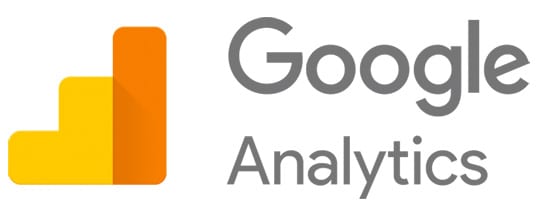One of the fundamental aspects of running a website is understanding your user base. A solid understanding of who comes to your website, what they look at and for how long, when they come back and in what intervals is crucial to understanding your users. Google Analytics is a free web service that makes all of this streamlined and efficient and offers site administrators tools to review the data collected by Google. Capturing data for your website is as simple as inserting a standard chunk of JavaScript code with altered parameters specific to your Google Analytics account and website. With this code in place, analytical data will be sent to the Google server whenever a user interacts with or visits your website.

Once data is being collected, that data can be accessed and reviewed in the Google Analytics dashboard. This allows you to see exactly how users are engaged with your site, broken down into dimensions and metrics. Dimensions are data points such as how users are finding your site and from where, and which page the data is coming from. Metrics are the quantitative data points associated with each dimension, such as how many new users visited and how many overall sessions were recorded for the given dimension. With all of this data collated into one central location, informed decisions on advertising and content production can be confidently made.
Google Analytics divides the data it captures into three primary categories: Behavior, Acquisition, and Conversions. Behavior covers how users interact and behave with your website, enabling you to see if users are using your website how you intended. This is where things like page views, session time, and average time on a given page can be seen. In this area, the Behavior Flow tab can also be found. This will give you a breakdown of the common path (enter, exit, and pages in between) users take. Acquisition covers how users come to your site. This can be in the form of search engine traffic, referral traffic, and social referrals. Conversions cover how users take a desired action on your website. This is done by setting up conversion goals. These goals can be custom tailored to what the intention of your website ultimately is, and will give you a good metric to determine how often users are doing something you want, whether that is buying something, or visiting a page, or clicking a link.


Using Google Analytics will allow you to tailor and tweak your website to meet the behaviors and interaction of your user base. It is a great tool to boost SEO and up conversion rates and the effectiveness of adverting throughout the site. In order to get the most out of your website, a fundamental understanding of Google Analytics is crucial.









